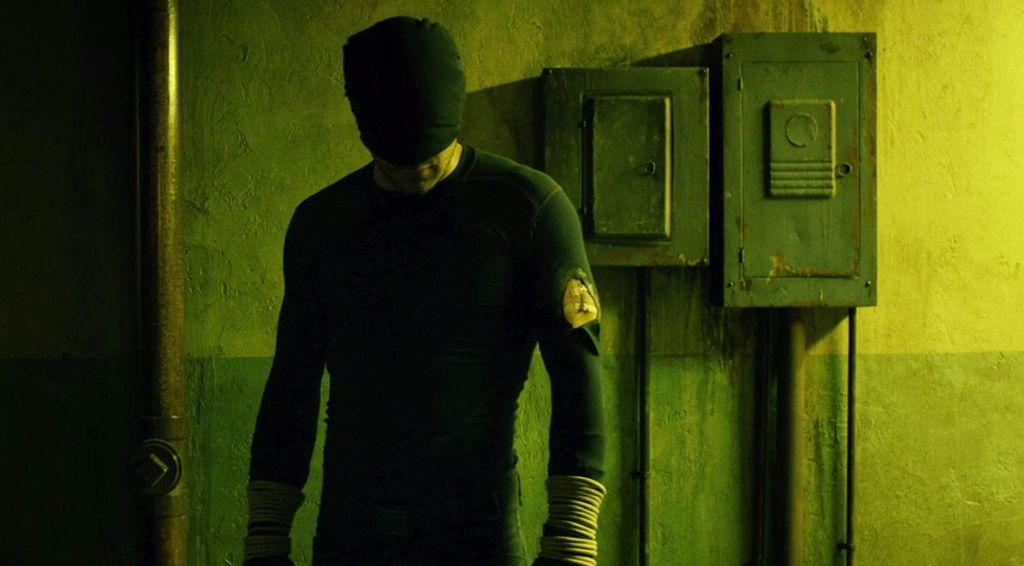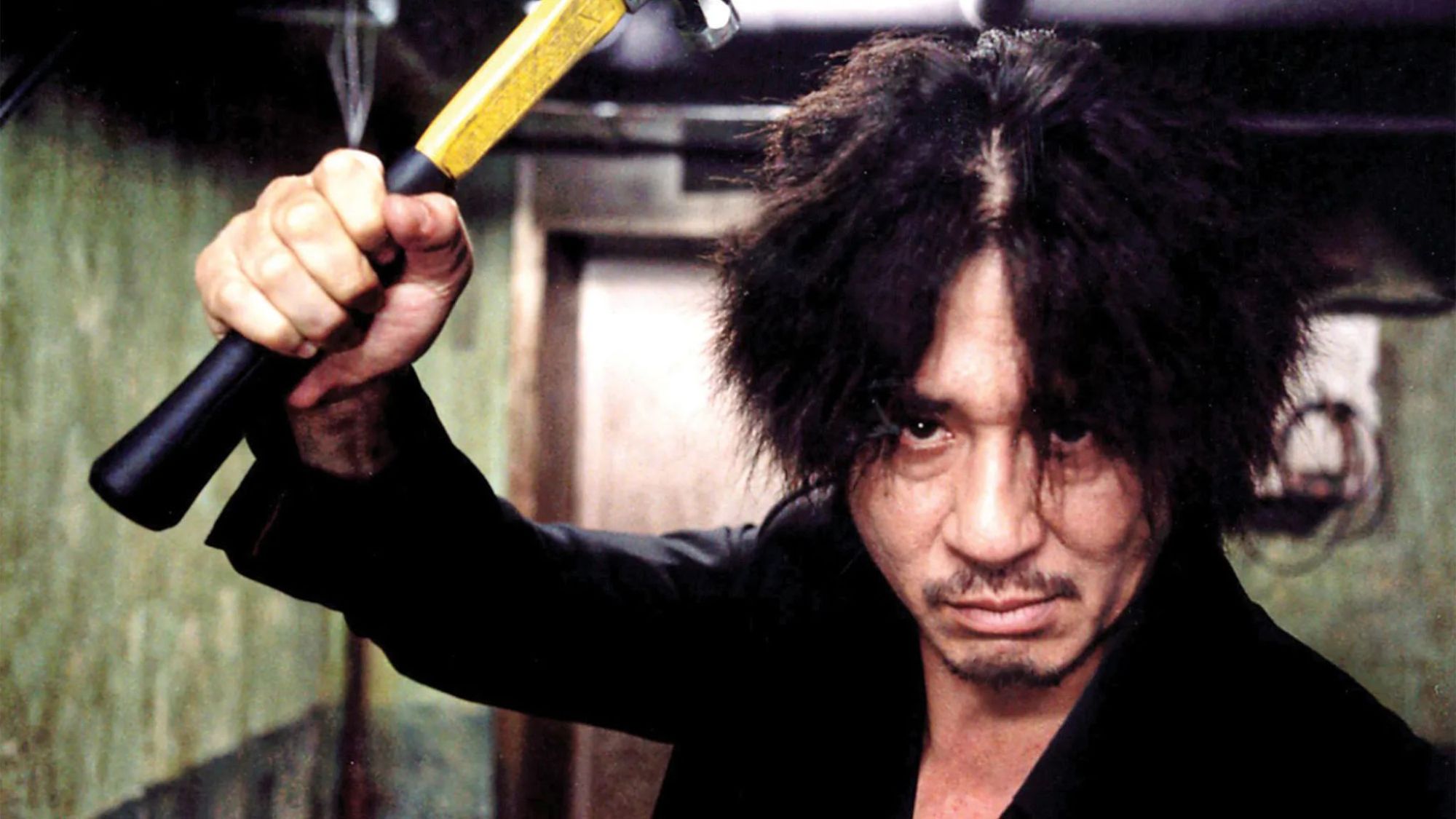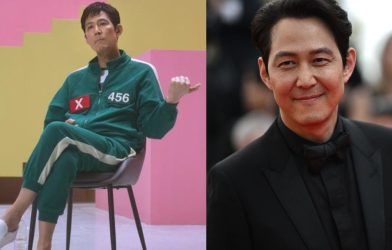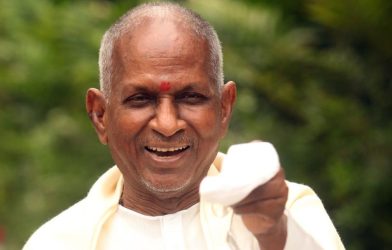Park Chan-wook’s 2003 masterpiece, Oldboy, is a film known for its devastating story and an unforgettable final twist. While its narrative has been studied and debated for years, in actuality, the movie’s most direct influence on the industry comes from a single, three-minute sequence. That’s because the hallway fight where protagonist Oh Dae-su (Choi Min-sik) uses a hammer to battle his way through a swarm of thugs was a complete rejection of the trends in action cinema that were popular in the early 2000s. It provided a new and powerful blueprint for how to film onscreen combat, one that has been relentlessly absorbed into the language of modern action cinema.
To understand why Oldboy‘s hallway scene was so groundbreaking, you have to look at the context of the time. The dominant styles in action filmmaking were the “shaky cam” technique and its rapid-fire editing style, seen in films like The Bourne Supremacy. This technique was used to create kinetic energy, putting the audience right in the middle of the fight. In the famous fight between Jason Bourne (Matt Damon) and Jarda (Marton Csokas), for instance, the camera is so close and the cuts so fast that the audience can’t have a clear picture of what’s happening. We see glimpses of fists, elbows, and household objects used as weapons, but the actual choreography is secondary to the feeling of disorientation. Oldboy’s hallway fight was a direct response to this, and was built on the idea that seeing the action clearly could be far more intense than just feeling its chaotic effects.
Oldboy Hallway Scene Rejected Hyper-Editing

Instead of using fast cuts and a shaky camera, Park chose to do the exact opposite. He filmed the iconic Oldboy fight in an unbroken side-scrolling shot. The camera simply follows Oh Dae-su as he moves down the corridor, whose sickly green wallpaper adds to the unsettling atmosphere. For three minutes, the audience is forced to watch every single moment of the brawl without a single visible cut. Every wild swing of the hammer, every painful blow the hero takes, and every moment of exhaustion are presented in one continuous take. When Oh Dae-su’s hammer gets stuck in a wall, we see him struggle to pull it free. When a thug gets back up after being knocked down, we see it happen in the background.
The power of this approach comes from its absolute clarity. The audience understands the geography of the fight, sees every enemy, and witnesses the punishing physical toll it takes on the protagonist. The sound design is just as important, with the grunts, screams, and wet thuds of the hammer providing the only soundtrack. The tension builds from showing the viewer the horrifying reality of the situation, forcing them to witness the grueling ordeal. The scene proved that coherence could be more visceral than chaos, and it offered a powerful alternative to the editing trends that had taken over Hollywood.
Oldboy‘s Action Makes the Hero’s Struggle the Centerpiece

Oldboy also turned conventions upside down in the way it portrays its protagonist in action scenes, such as in the hallway fight. Action heroes in the early 2000s were often portrayed as flawless killing machines. Characters in films like The Matrix or the James Bond series were superhuman in their efficiency, dispatching enemies without breaking a sweat. Oh Dae-su, on the contrary, is a normal man in a rumpled suit who has been locked in a room for fifteen years. He is out of shape, desperate, and his fighting style is a reflection of that. As a result, the fight is ugly, clumsy, and built entirely on his refusal to give up. He doesn’t execute clean takedowns, instead wading into a messy scrum of bodies, swinging wildly.
The hallway scene of Oldboy is so shocking because it’s not a power fantasy, and instead showcases Oh Dae-su’s suffering. Thugs grab at his legs and clothes, pulling him down in an unexpected moment. Plus, his movements become visibly slower as the fight wears on; one of the most iconic moments in this sequence comes when he is stabbed in the back with a knife, letting out a grimace of pure agony before turning to face his attacker. Due to its attention to detail, the hallway fight becomes a perfect visual metaphor for Oh Dae-su’s character, a man enduring an impossible amount of punishment out of sheer will. As such, Oldboy was revolutionary for making the hero’s physical struggle the main event, refusing to let him just shrug off combat wounds. It showed future filmmakers that a character’s pain and exhaustion could be more compelling than any display of untouchable skill.
Oldboy Became a Blueprint for Hollywood

Due to its revolutionary nature, Oldboy‘s hallway fight inspired some of the most popular action projects of the last two decades. The most obvious example is in Marvel’s Daredevil Netflix series of the late 2010s. The show’s second episode features its own hallway brawl, filmed in a long take that is a clear homage to Oldboy. In that scene, Matt Murdock (Charlie Cox) is already battered and bleeding before the fight begins, much like Og Dae-su. In addition, the choreography is less about stylish martial arts and more about pure attrition, with the hero leaning against walls to stay upright. Finally, the larger episode storyline provides deeper context for Murdock’s will to fight his way down the hallway and make a rescue, connecting his physical struggle to memories of his father, a slugger-style boxer named “Battlin’ Jack Murdock.” Unsurprisingly, this Daredevil scene became universally lauded, leading to a new hallway fight being added to every season of the show.
Beyond direct imitation of single scenes, Oldboy‘s core philosophy is now a staple in modern action. For example, the “gun-fu” of the John Wick franchise is built on the same principle of clarity. Director Chad Stahelski, a veteran stuntman, uses wide shots and long takes so the audience can fully appreciate the complex choreography and Keanu Reeves’s physical performance. It is a choice that prioritizes the work of the performers over flashy editing. Furthermore, the brutal stairwell fight in Atomic Blonde and the complex single-take action sequences in Extraction are the modern evolution of this technique. They take the blueprint of the Oldboy hallway fight and amplify it with bigger budgets and new technology, but the foundation remains the same. Because of that, we can argue Oldboy‘s hallway fight did more than create a memorable movie moment, as it changed the rules for an entire genre.
What is your favorite action scene that was clearly inspired by the Oldboy hallway fight? Share your thoughts in the comments.









